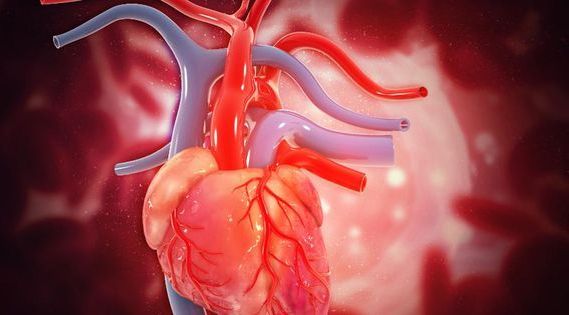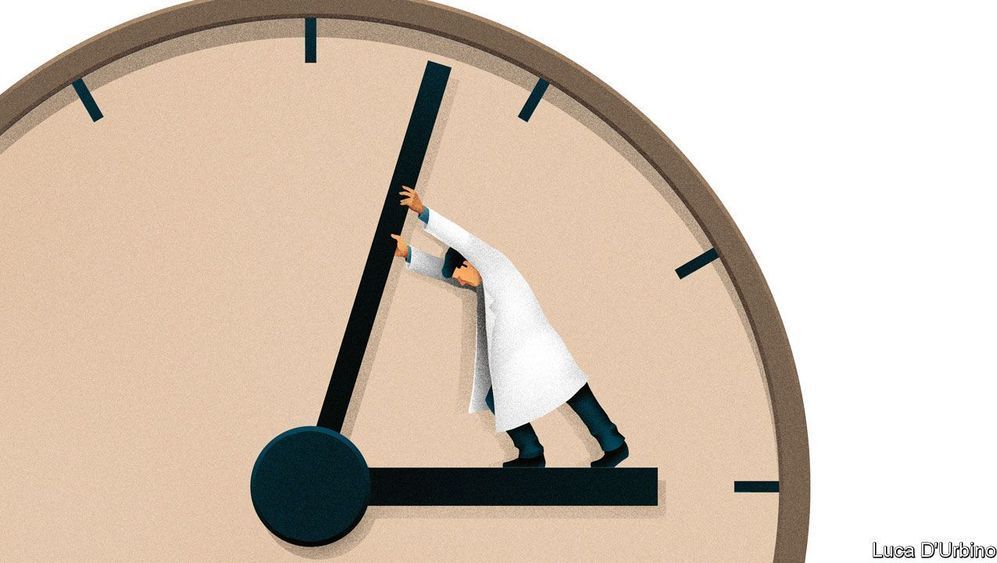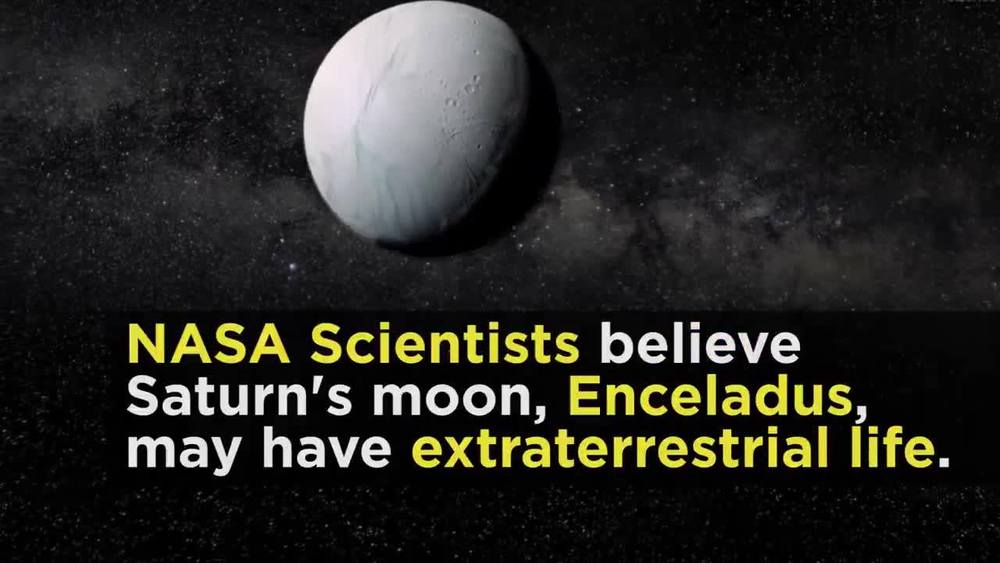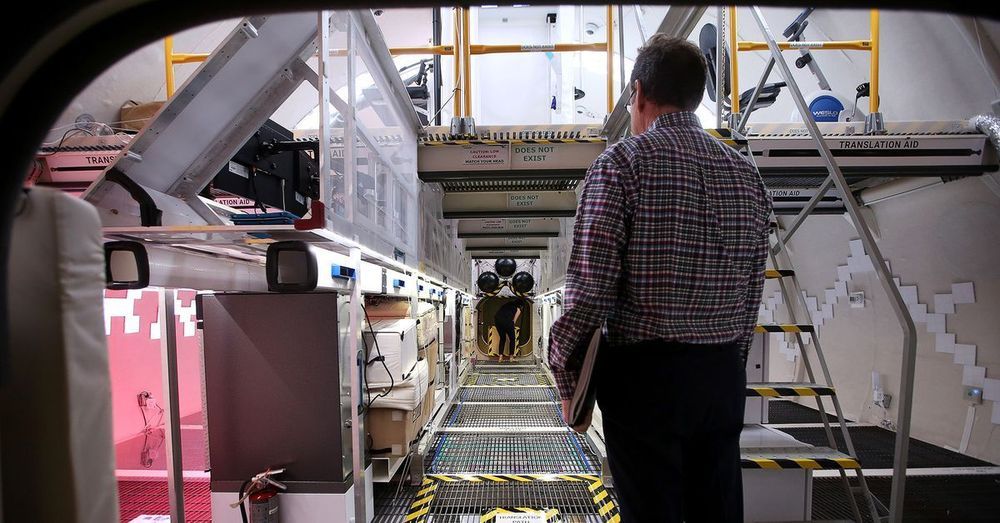Sep 14, 2019
Artificial Intelligence Detects Heart Failure From One Heartbeat With 100% Accuracy
Posted by Paul Battista in categories: biotech/medical, robotics/AI
Amazing 100% I hope it is real and next we can detect more diseases easier and more accurate.
Doctors can detect heart failure from a single heartbeat with 100% accuracy using a new artificial intelligence-driven neural network.
That’s according to a recent study published in Biomedical Signal Processing and Control Journal, which explores how emerging technology can improve existing methods of detecting congestive heart failure.


















